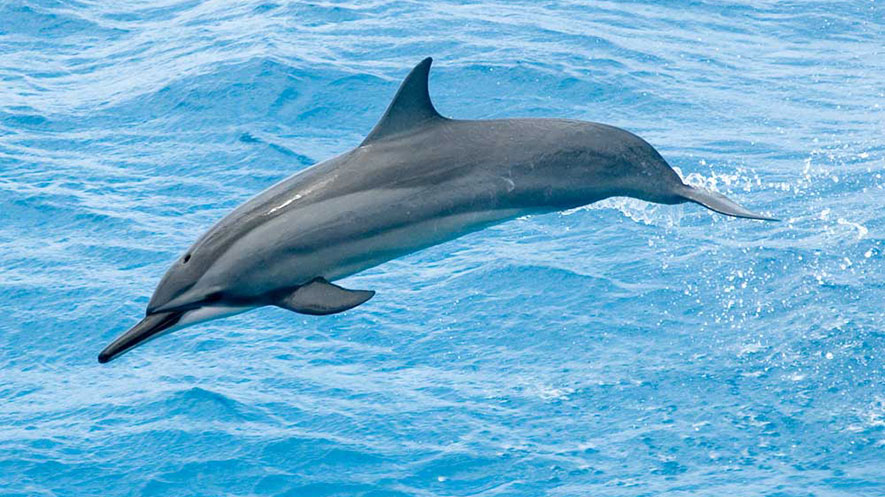NOAA Fisheries has released final guidance to help predict how human-made underwater sounds affect marine mammal hearing.
Sound is critical to the survival of marine mammals. It is a primary means of marine mammal communication, orientation and navigation, finding food, avoiding predators, and mate selection.
NOAA will use the guidance in its assessments and authorizations of activities that generate underwater sound. The guidance also allows federal agencies, industries, and other applicants to more accurately predict effects of their proposed projects and help inform decisions about appropriate mitigation and monitoring. NOAA Fisheries also created online tools to help applicants use the new guidance.
The guidance provides acoustic threshold levels for assessing the effects of anthropogenic sound on marine mammal species' hearing under NOAA Fisheries' jurisdiction. It identifies the received levels, or thresholds, above which individual marine mammals are predicted to experience changes in their hearing sensitivity (either temporary or permanent) for all underwater anthropogenic sound sources.
This is the first time NOAA Fisheries has presented acoustic threshold levels for marine mammals in a single, comprehensive document in order to improve consistent implementation across the array of relevant laws that protect marine mammals.
“We recognize that growing levels of ocean noise are affecting marine animals and their habitats in complex ways,” said Eileen Sobeck, assistant NOAA administrator for fisheries. “The guidance is one part of NOAA’s holistic approach to addressing effects of ocean noise on marine life.”
NOAA’s authorities to address the effects of ocean noise on marine resources fall primarily under the Marine Mammal Protection Act, Endangered Species Act, National Marine Sanctuaries Act, and Magnuson-Stevens Fisheries Conservation Act. These authorities allow NOAA to recommend or require mitigation in order to reduce or eliminate their predicted noise impacts to species and the places they rely on. NOAA shares this responsibility with a number of other federal agencies.
NOAA released a broader draft Ocean Noise Strategy Roadmap less than two months ago. The technical document is one example of a step the agency is taking to address increasing levels of ocean noise.
Copies of the technical guidance may be obtained from:
Office of Protected Resources National Oceanic and Atmospheric Administration 1315 East-West Highway, F/PR2 Silver Spring, MD 20910
Or online here





